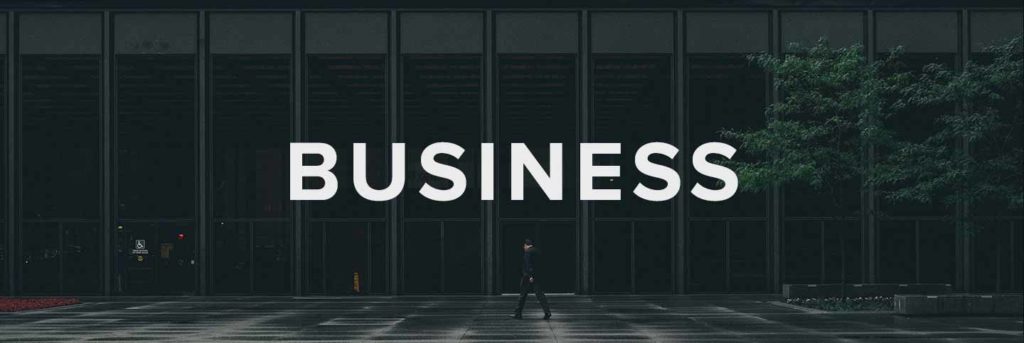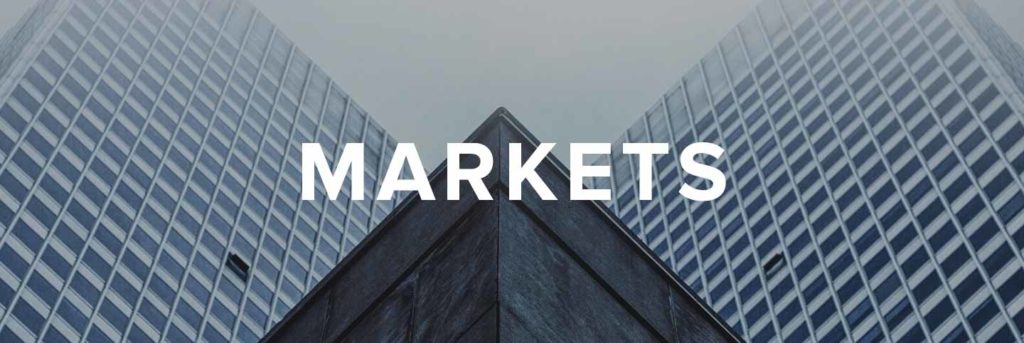As 2016 begins to wind down, Tim Hampson gives us 20 predictions for 2017.
Business in 2017
1. LinkedIn and Facebook move into Identity management.
A friend of mine’s elderly relative died and the only way they were able to validate ownership of a bank account was via a 3-step chain through LinkedIn. I’ve got some 400 odd connections on LinkedIn, the vast majority being former colleagues and business associates for over 30 years. You can’t spoof that without spoofing all my contacts. And they have themselves a similar number of contacts that would need to be spoofed. And pretty quickly one of those contacts is you (or Kevin Bacon…).
It’s a huge opportunity and far bigger for LinkedIn strategically than either recruitment or sales. The long game for both networks to monetize identity management as they shift to become banks.
2. “BYOA” accelerates in 2017.
Have you used a personal Google Drive, Dropbox or Evernote account to handle company data? You’re not alone. The office layer has been consumerized and this is driving Bring Your Own App as the new normal.
3. Swipe Left Economy.
The pace of business is getting faster. It’s not about delighting customers, it’s about not irritating customers. As an old Mercedes advert proclaimed: “True luxury is not the presence of anything. It is the absence of irritation”.
4. Barter networks emerge in response to the move to a cashless society.
Cashless effectively destroys the black economy and in response to this we’ve already seen alternative currencies emerge such as Bitcoin, but barter networks can also help replace money’s role as a medium of exchange. Keeping track of numerous barter relationships is impractical – but technology can help here. Expect to see startups emerge in this space over the course of 2017.
5. Immigration hurdles in US and UK, coupled with lower costs of technology setup, and improved electronic communications spread out startups across broader locales.
Silicon Valley has for long been a global center of startup activity and London has recently emerged as the European Hub. With both the UK and the US expected to restrict immigration, then activity will no longer concentrate there. Software, in particular, is susceptible to being developed literally anywhere with a mobile phone network and access to electricity. Examples of this broader base include Zendesk, Pipedrive, Falcon Social and many others. The next Google/Facebook might not be American.
Technology shifts in 2017
6. Artificial Intelligence falls into the trough of the hype cycle.
This giddiness has got to stop. The real benefits of AI won’t appear until we can parse language, and we’re a long way from that – check out Blog: Tech Singularity where AI disappears up its own Bottom. Until then it’s going to be “stats dressed up as AI”, and as people realize that, cynicism will rise.
7. Data Science falls into the trough of the hype cycle.
Lies, damn lies, and data science. Trying to model the behavior of people is fraught with pitfalls, and the dramatic failure of polling organizations in both the UK and the US this year has taught people to be rightly skeptical of their bold claims – Blog: Big Theory, Little Data in Sales and Marketing
8. Blockchain falls into the trough of the hype cycle.
It was originally designed as the anarchist’s escape from government controlled fiat currencies, but curiously those same governments now seem to be embracing the blockchain – why? Because a distributed ledger provides a perfect record of all transactions. It’s a forensic gold mine and ultimately one reason the creator of Silk Road was discovered. But shorn of anonymity, what does Bitcoin do? The blockchain has broader applicability than currency, but it remains the biggest application currently.
9. Mobile apps decline.
I hate it when I navigate to a website and I get invited to download their web app. I don’t want to spend 5minutes doing that. I want to see the content. I also don’t want yet another app clogging up my phone screen (and increasingly, storage space too). Mobile screens, browsers, and third party payment systems now undermine the AppStore model.
10. Drone/Driverless car “defense” becomes a thing.
They’re an obvious target for mischief, and this means equipping driverless cars with automatic number plate recognition (ANPR) and face recognition for self-protection. The surveillance state goes mobile, and this alone will encourage Governments to accelerate the adoption of a driverless infrastructure.
11. Encryption – The rediscovery of the One Time Pad.
Sometimes the simplest things work best. Current “best practice” for security relies upon a trusted public key infrastructure, ultimately backed up by the US Government. Hmm.
In fact, with the One Time Pad system, you can simply “fold” a message with another, and providing certain conditions are met, it’s perfectly secure. It has some drawbacks, but trust in third parties isn’t one of them. The technique really goes all the way back to the Caesar Cipher of simple substitution.
12. Internet of People.
We’ve already seen personal body cams deployed on the police, and more generally soldiers, pilots, doctors etc. All present good cases for monitoring their state of alertness and health. For children and low-risk prisoners, we might want to check on their location (and already do today via phones and ankle bracelets). Once the principle is established it won’t take long to extend this more broadly – how long before we all get chipped?
Maybe it won’t come to that. With DNA testing technology advancing, how long will it be before we can identify everyone, everywhere? You are the chip.
Markets in 2017
13. The recruiter market collapses with the continued growth of automated platforms.
Seems incredible in today’s Tinder society, but employee matchmaking seems stuck in the same model, despite the alternatives already being present. Check out my blog “Recruiters: A Market, Disrupted“
14. Europe takes a ‘clean-tech’ lead in 2017.
From a geopolitical perspective, the US wants to develop its own oil and gas production to free itself of dependence upon the middle eastern states. Overlaid on this is the President-Elect’s view that climate change is a hoax suggests that sustainable technology investment will fall in the US. This presents a competitive advantage for European based companies to take a lead.
15. Accounting put on notice as governments look to have direct electronic integration with both company accounting systems as well as bank accounts.
Accounting, when done right, is boring. “Innovation” in accounting has historically ended in tears. For many businesses, the costs of compliance are as significant as the actual taxation itself. It’s tempting for both companies and governments to enable full electronic access, and let the government figure out for themselves what the tax should be, reducing costs all round. Most accounting systems can cough up P&L statements and balance sheets automatically already for submission.
Fundamentally, human accountants are about providing human judgment. If an accounting decision is subject to human judgment, then you’ve got a problem, Houston.
16. Parasitic employment models fall out of favor.
“Employment” is a key part of the social contract. If we were to all crash on some desert island, the first part of self-organization is to find work for everyone, whether it’s collecting coconuts or building a shelter, group cohesion requires a mutual contribution.
The gig economy can work for some, but not for all. You can’t raise a family not knowing if you are working 2 days or 5 days next week. You can’t staff the 2012 Olympics if you don’t know whether 5,000 or 2,000 people are going to pitch up for work tomorrow – remember this? It’s why we have notice periods for the benefit of both the employee and the employer.
Efficiency is not the sole criteria. Risk management comes into play too. It’s too easy for “Just in Time” delivery to be “Where the hell is it?”. It’s why we all have spare toilet roll in the bathroom.
Sales & Marketing
17. Move from Field sales to Inside sales accelerates
In the old days, I would charge up the M1 motorway for a 1-hour meeting, have a pub lunch and charge back down. Today I work demos back-to-back over Skype. It’s vastly more productive, and prospects often prefer it. Meetings can be arranged and rearranged at shorter notice. Face to face is not what it used to be. And you can forget the free Wimbledon tickets…
18. Commission rates fall
Coupled with the above, the old fashioned ‘rainmaker’ model is fading. People buy from people. Except when it’s something like Apple, or Netflix when people buy the product. The creeping consumerization of business puts a premium on service, not relationship, and this is something the entire company collaborates on. The idea of paying one link in that chain eye-popping commission no longer computes. Expect more John Lewis-style profit sharing and team bonuses.
19. Systems of Record move to Systems of Engagement
Originally termed by Geoffrey Moore – it’s a realization that communication rather than static data is central. It doesn’t matter how many employees your client has. What matters is the tone of the email that was sent to them last week. This has helped propel communications centric support solutions such as Intercom over more traditional case-based systems such as Zendesk. We’ve seen it ourselves at SalesSeek – the killer screenshot we have is not so much our Visual Funnel, as the contact activity feed drawing together all the customer communications from sales, marketing, support, and accounting, as well as internal comments from product management and senior management in general.
20. Rediscovery that ‘Product is King’ becomes the death knell for Content Marketing.
The most surreal conversation I had in 2016 was with a software company that wanted to build a related mobile app as a piece of content marketing to publicize them. But they realized 99.9% of mobile apps languish at the tail end of searches and are never downloaded. So to combat this, they planned a traditional advertising campaign to publicize the content app that was meant to publicize their actual product. This level of indirection seems crazy.





These are all pretty good predictions of Tim. Thank God that AI will have to wait a while. A few others predict that AI is going to be a thing this 2017, and it will leave a lot of people jobless.
Here’s an interesting article from my colleague about 2017 sales predictions from 16 sales experts: https://www.tenfold.com/sales-leadership/sales-predictions-2017-16-experts-weigh-in/